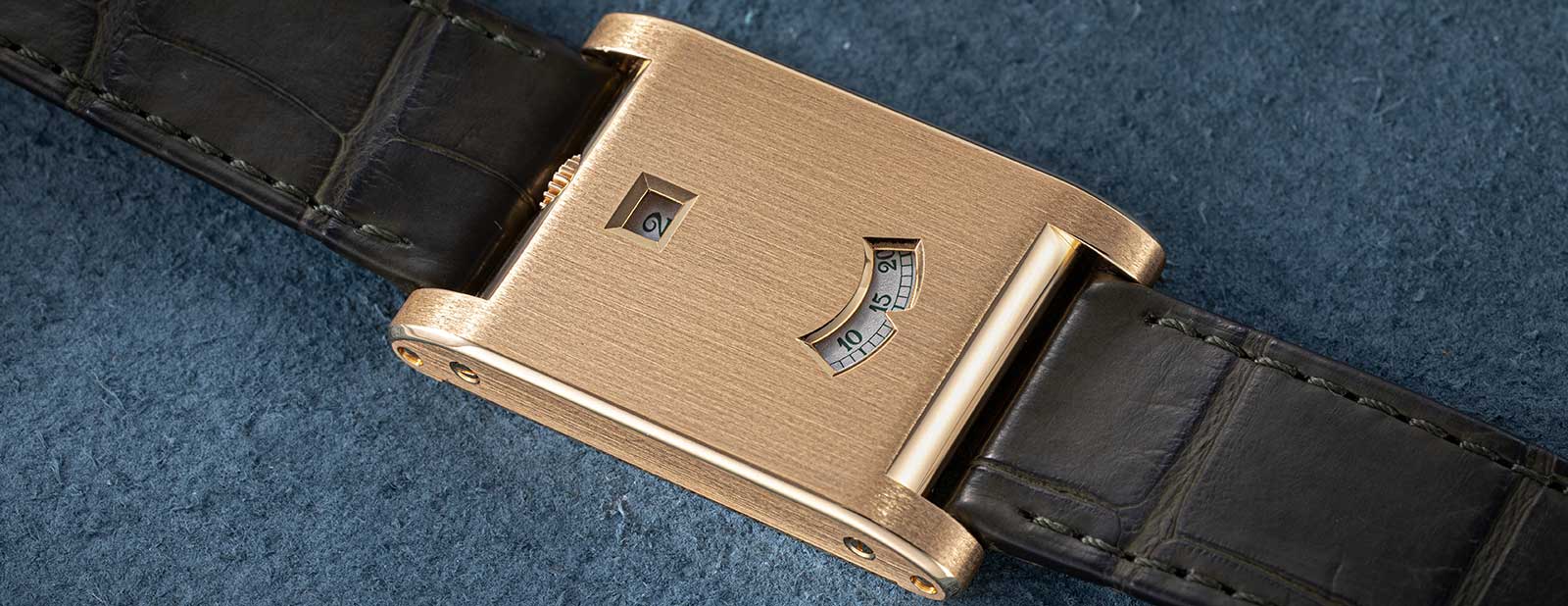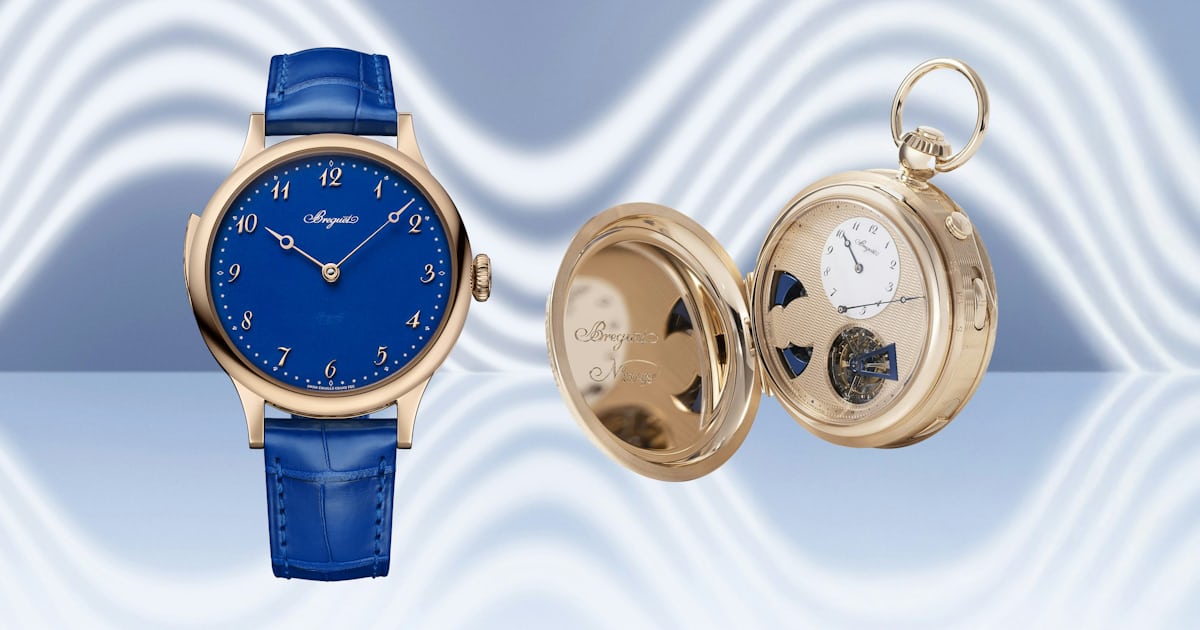Richemont’s jewellery stars Cartier and Van Cleef & Arpels, Richemont’s are leading a glittering first quarter within the luxury group, with an 11% growth reported in the company’s Q1 FY26 report, which is in contrast to Richemont’s Specialist Watchmakers’ sales, where sales reported a drop of 7%. Although this figure does represent a drop for watchmaking, the figure also reflects an improvement over the previous quarter’s drop of 11%.
All in all, the overall mood at Richemont remains upbeat, with the results described as a “solid start to the year” in the report, recently published. In the group’s 2025 report, Richemont Chairman Johann Rupert had outlined the group’s vision ahead, saying: “Richemont has solid foundations for sustained value creation, built upon our leading Maison’s leading heritage and innovative craftsmanship coupled with an increasingly balanced and tailored regional presence that allows us to better connect with and enchant clients.” The group’s glimmering confidence in anticipating 2026, is certainly courtesy of its precious jewellery division.
Resilience sparkles at Richemont
Richemont’s focus on high jewellery caters to ultra-wealthy clients, a demographic that has traditionally proved relatively immune to broader market sentiments. Jewellery is perceived as a timeless investment, and a time-tested one, with unique pieces appealing to global high-net-worth clients.
At Watches and Wonders, precious novelties sparkled. Cartier’s Privé Tank à Guichets was one of the talks of the fair — a conversation-starting piece that took the brand’s iconic Tank and reimagined it for a modern audience by way of a design that reduces the display to the bare essentials — indicators revealed through small window displays on a solid metal dial. Cartier’s bold minimalist was pleasurably offset with its highly decorated Panthère Bangle, described by the brand as ‘hybrid architecture’ — a restrained way of articulating a high-jewellery confection version in white gold and lacquer is set on every visible surface with tiny diamonds, a statement piece for the ages. Cartier fans can also enjoy it in a yellow gold version — both amply anticipate high consumer confidence in this lux segment, a sentiment no more clearly announced in its watchmaking than at Vacheron Constantin, where one of the leading contendors for ‘watch of the fair’ made its debut. Vacheron Constantin’s Les Cabinotiers Solaria Ultra Complication is officially the world’s most complicated wristwatch with a total of 43 complications and released in an edition of just one, an investment intended to delight both the purchaser and Richemont’s balance books.
Group sales reached €5.412 billion for the quarter ending 30 June 2025, up +6% year-on-year at constant exchange rates (+3% at actual rates). Sales at the jewellery maisons (Cartier, Van Cleef & Arpels, Buccellati, and Vhernier) rose +11% at constant FX to €3.914 billion. This double-digit growth outpaced all other divisions and was supported by demand across all regions except Japan. It is the third straight quarter the jewellery houses have achieved double-digit increases.
Western markets and Middle East drive Richemont’s Q1 growth
In Europe, sales rose 11% on the back of robust local demand and tourist spend, helped by high jewellery events. Sales in the Americas, Middle East and Africa rose by 17%, with standout results courtesy of strong performance in the UAE. Japan sales declined 15% against a very competitive prior year performance of 59% — the strengthening Yen impacted tourist spend. Asia Pacific remained flat overall, as a 7% decline in Greater China was balanced by double-digit growth in markets like South Korea and Australia.
Richemont’s Q1 results revealed contrasts in the luxury landscape, where growth was powered by Western markets and the Middle East, while Asia delivered a mixed picture. The US continued a luxury spending streak — Americans are buying jewellery and watches at home, rather than splurging abroad. Meanwhile in Europe’s key lux hubs, sales climbed 11% — tourism and key events in high jewellery boosting sales and generating a tangible buzz around the brands. Dubai, which has cemented its reputation as a global luxury hub and globally attractive tourism destination, led a MEA +17% growth — oil revenues and thriving tourism underpinning local luxury consumption and the Middle East remains an oasis of luxury in the desert.
Asia Pacific sales were net stable — a 7% decline in China, Hong Kong and Macau were compensated for by growth in other Asian markets. The post-lockdown excitement has abated, and tourism sales are not quite back to those pre-pandemic levels. On the other hand, Australia and South Korea were up double digits. and markets like Singapore, Taiwan, Thailand likely saw strong demand too. Southeast Asian and Pacific consumers (and intra-Asia tourists) helped compensate for China’s dip.
Meanwhile, after a star performance last year, Japan reported a -15% sales drop at constant FX, the weakest among Richemont’s regions. This was expected, local demand and inbound tourists (especially from China) drove a huge boom. In Q1 FY2026, Japan’s local demand remains “solid” — wealthy Japanese shoppers are still buying luxury even as tourism figures drop.
Why patience pays off in the luxury watch business
The Swiss watch sector faces headwinds from multiple fronts: currency volatility, a more general decline in global demand, and even geopolitical risks like potential new U.S. tariffs on luxury watches.
Swiss watch exports in 2024/25 have been trending down enough that they could hit their lowest level since 2020 (Reuters). Richemont’s watch maisons are not alone in feeling pressure, but being part of a public conglomerate, their struggles are more visible. Richemont’s Specialist Watchmakers division remains in a slump. The segment, which includes storied watch maisons such as IWC, Jaeger-LeCoultre, Panerai, and Vacheron Constantin, saw quarterly revenue fall to €824 million (down from €911 m a year ago). While any decline is unwelcome, management pointed out that this was a “softer sequential rate of decline”, an improvement from the double-digit drops recorded in late 2024.
Doubling down on long-view strategies is wise now, even as watch brands launch notable pieces — a must even in tough times to ensure visibility and presence of mind amongst loyal customers. Brands such as Panerai enjoy one of the most well-know organic fan communities — the Paneristi, and with the launch of Panerai Luminor Marina at Watches and Wonders, client-focused events would seem as much a part of the strategy as ever. IWC is harnessing the huge global appeal of the F1 Movie to push a range of timepieces to a broader audience globally. “Leveraging more than a decade of presence in Formula One the maison celebrates its partnership with the F1: The Movie …” said Chief Executive Christoph Grainger-Herr. A range of watches featuring new materials, new complications and new sizes were unveiled at Watches and Wonders, including the Pilot’s Chronograph — an elegant and strategic creation from Richemont to draw in customers old and new alike.
And while Q1’s -7% compares favorably to the -11% year-on-year fall in the previous quarter, there are tentative signs such as these that there may be brighter days ahead for Richemont’s watchmakers. Indeed, some haute-horology maisons in the group “showed better resilience”. For example, A. Lange & Söhne and Vacheron Constantin have held up relatively well, thanks to their loyal collector bases and limited production.
It makes sense to expect that watch maisons generally will likely be tightening their resources and looking closely at all production processes. At Richemont, taking the long view over reactivity to ebbs and flows, is standard. For now, though, a performance gap persists: Richemont’s watches remain in the shadow of its jewellery, awaiting their own rebound.








